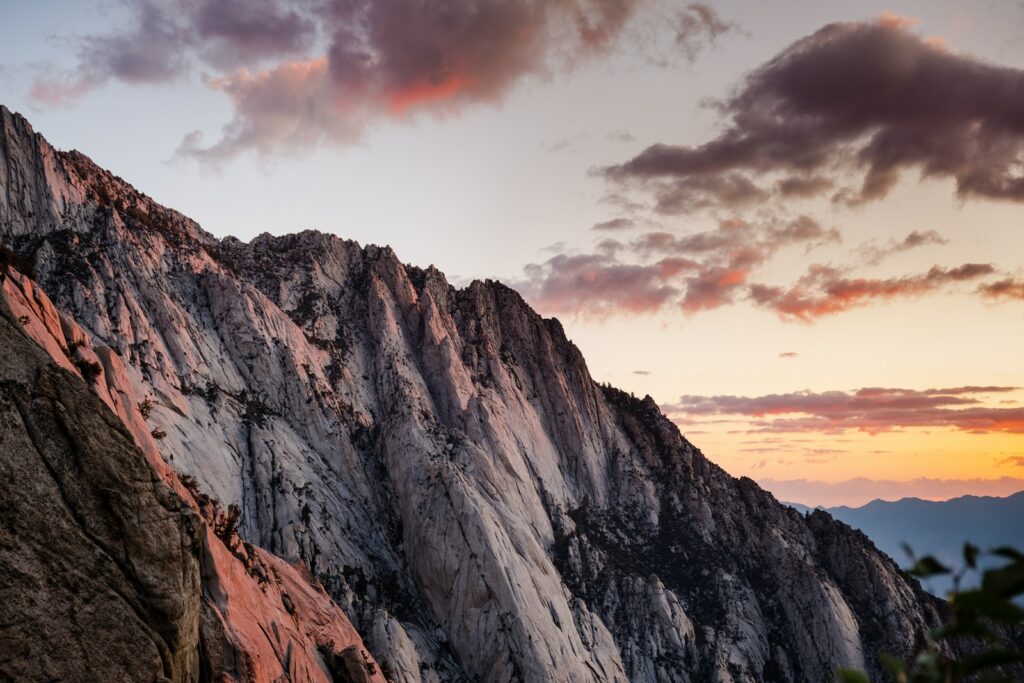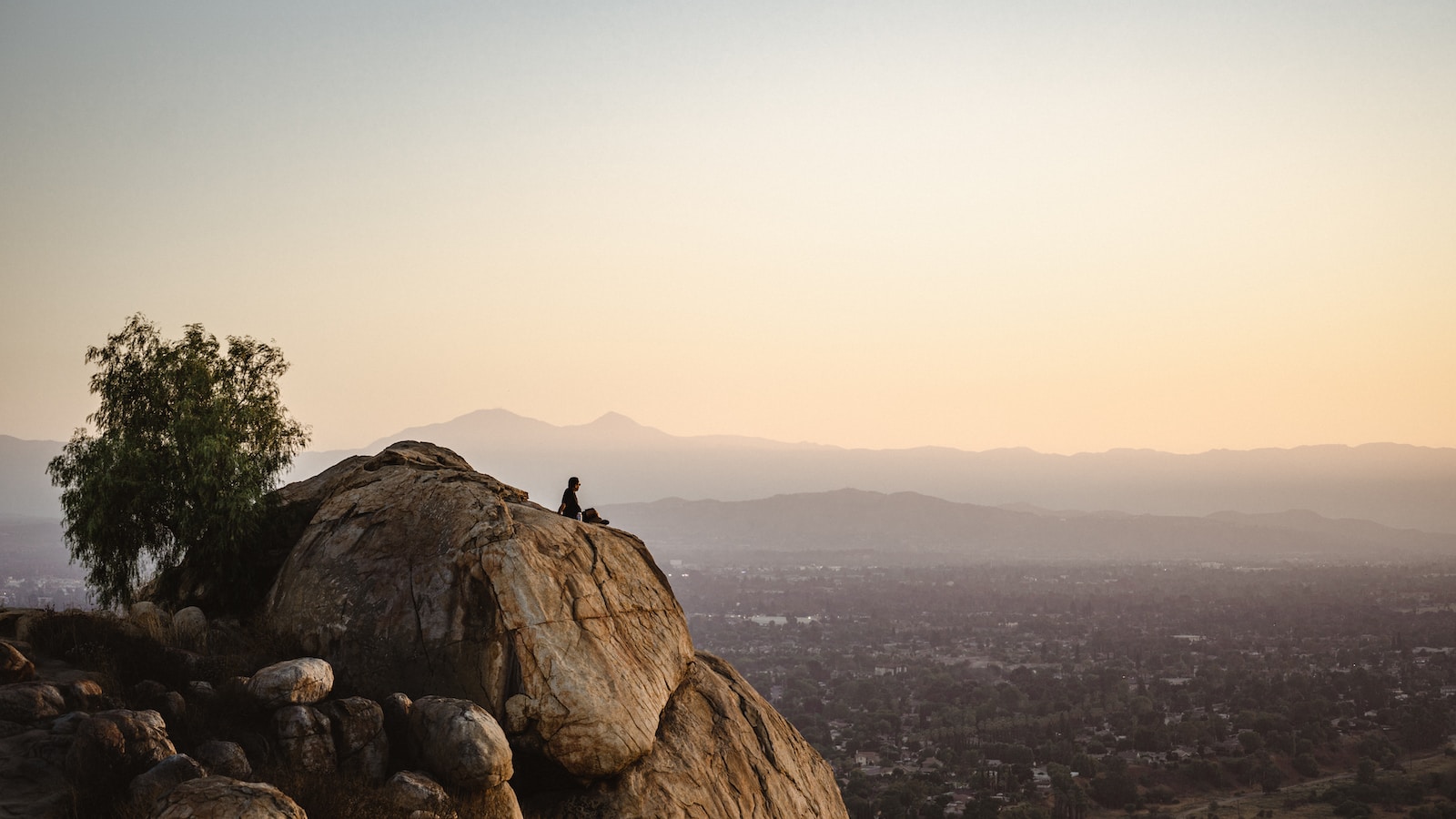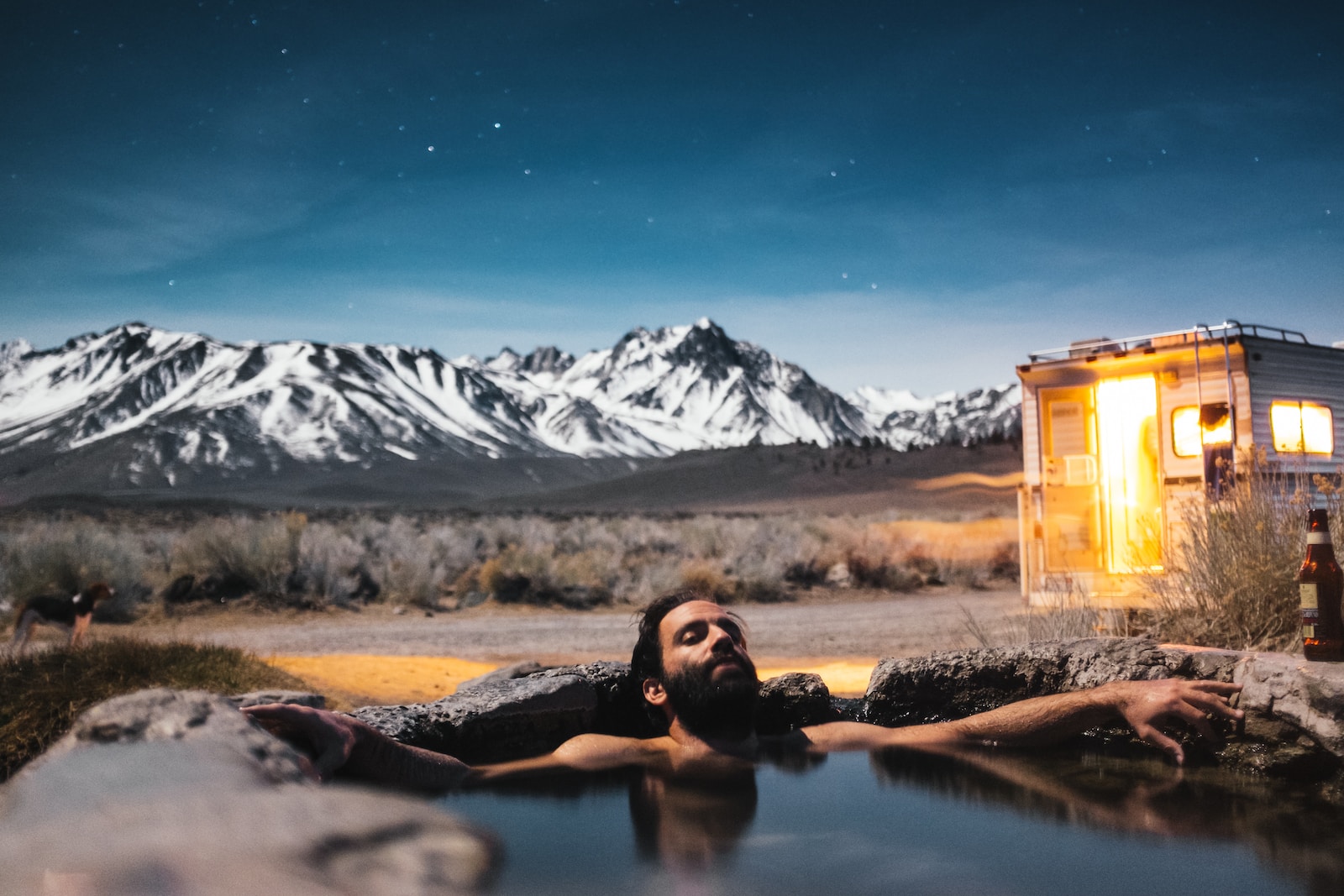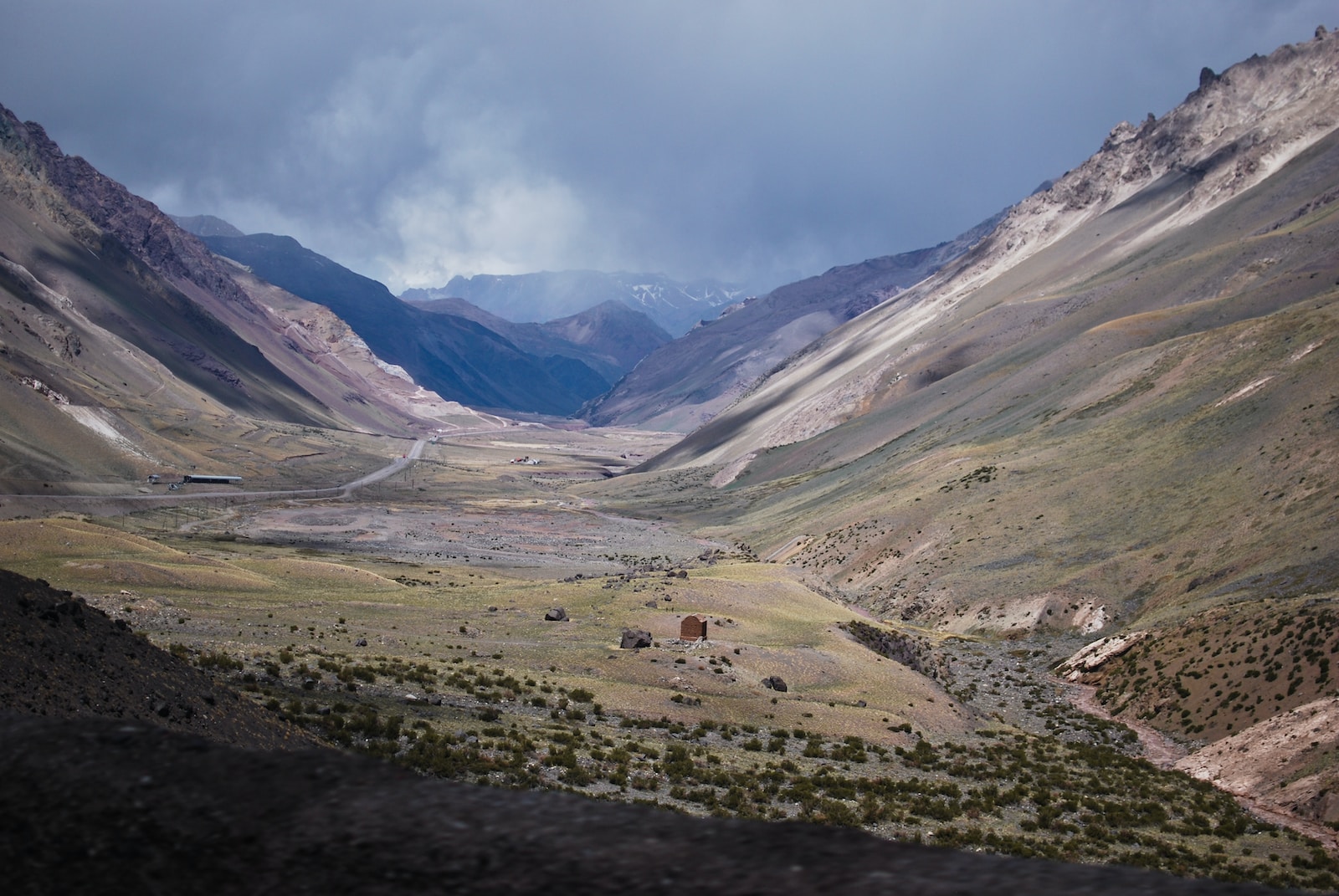Welcome to “The Desert’s Crown: Mount Sinai” blog where we uncover the hidden photographic secrets of one of Egypt’s legendary peaks. Join us as we guide you through the sacred mountains of Mount Sinai, unveiling the breathtaking vistas, optimal timings, and artistic concepts behind capturing its unrivaled beauty. Whether you’re a seasoned photographer or a nature enthusiast, this blog will inspire you to embark on a visual journey like no other.
Table of Contents
- Unveiling the Majestic Beauty
- A How To Guide: Unveiling the Photographic Secrets of Mount Sinai
- Frequently Asked Questions
- 1. Where is Mount Sinai located?
- 2. Can I visit Mount Sinai?
- 3. How do I reach Mount Sinai?
- 4. What is the best time to visit Mount Sinai for photography?
- 5. Are there any photography restrictions on Mount Sinai?
- 6. Can I hike Mount Sinai during the night?
- 7. Is Mount Sinai considered one of the sacred mountains?
- 8. What are some other must-see attractions near Mount Sinai?
- Wrap Up:
Unveiling the Majestic Beauty
Mount Sinai, also known as Jebel Musa or Mount Horeb, is located in the southern part of the Sinai Peninsula in Egypt. It is a historically significant mountain in various religious traditions, including Judaism, Christianity, and Islam. Mount Sinai is renowned for its spiritual significance as the place where, according to biblical accounts, Moses received the Ten Commandments from God. It is a popular pilgrimage site and a destination for travelers interested in exploring its religious and historical heritage. The mountain’s summit reaches an elevation of approximately 2,285 meters (7,497 feet) above sea level and offers breathtaking views of the surrounding desert landscape.
In Search of the Perfect Vista
When it comes to capturing the essence of Mount Sinai’s splendor, one can’t help but be mesmerized by the awe-inspiring vistas that await. As the highest peak in Egypt, this sacred mountain offers a diverse range of landscapes, from barren deserts to rugged slopes and lush green valleys. Each turn reveals a new angle, an opportunity to capture a unique moment frozen in time.
Mastering the Timing
Timing is everything when it comes to capturing the enchanting allure of Mount Sinai. At sunrise and sunset, the desert transforms into a spectacle of colors, painting the sky with hues of gold, orange, and purple. These magical moments create the ideal backdrop for your desert photography, infusing your images with an ethereal and otherworldly atmosphere.
The Art of Composition
Photographing Mount Sinai isn’t just about pointing and shooting; it’s a delicate dance between the subject and the surroundings. The mountain’s grandeur can be enhanced by incorporating leading lines, the rule of thirds, or using foreground elements to create depth and contrast. Unlock the secrets of composition and take your images to new heights.
Essential Gear for Capturing the Desert’s Crown
Pack your bags with the right equipment to maximize your photographic experience. In addition to your trusted camera and lenses, consider bringing a sturdy tripod for long-exposure shots and a wide-angle lens to capture the vastness of the landscape. Don’t forget your filters to control light and add drama to your shots, and ensure you have sufficient storage capacity for all the memories you’ll capture.
Exploring Mount Sinai’s Hidden Gems
While the main peak of Mount Sinai steals the spotlight, there are hidden gems waiting to be discovered. From the awe-inspiring St. Catherine’s Monastery, a UNESCO World Heritage Site, to the serene beauty of the Burning Bush, each location presents its own unique photographic opportunities. Venture off the beaten path and let your lens lead the way.
Mount Sinai is believed to be the place where Moses received the Ten Commandments from God.
Capturing the Serenity of the Night Sky
As the daylight fades, a whole new world awakens in the desert. Mount Sinai offers photographers the opportunity to capture the mesmerizing beauty of the night sky. With minimal light pollution and clear skies, astrophotography enthusiasts can capture stunning images of constellations, the Milky Way, and even meteor showers. Prepare your gear, master long-exposure techniques, and let the stars illuminate your lens.
Preserving the Sacred
The mountains of Mount Sinai hold deep religious and historical significance, making it vital to approach this photography adventure with respect and reverence. Be mindful of your surroundings, follow any guidelines or restrictions, and when appropriate, engage with local communities to gain a deeper understanding of their rich cultural heritage. Leave nothing but footprints and capture the essence of Mount Sinai with utmost sensitivity.

A How To Guide: Unveiling the Photographic Secrets of Mount Sinai
Planning Your Adventure
Before embarking on your journey to capture the magnificence of Mount Sinai through your lens, meticulous planning is crucial. Start by researching the best time to visit, taking into account weather conditions and the availability of accommodations. The spring and fall seasons offer mild temperatures and fewer crowds, making them ideal for photography enthusiasts.
Next, determine the specific vantage points you wish to capture. Mount Sinai boasts numerous stunning vistas, such as the iconic St. Catherine’s Monastery or the panoramic view from the summit. Prioritize your preferences and adjust your schedule accordingly, giving yourself enough time to explore these enchanting landscapes.
Time is of the Essence
To capture Mount Sinai in all its glory, timing is everything. The golden hours, both at sunrise and sunset, provide captivating lighting conditions that enhance the natural beauty of this legendary peak. Plan to arrive at your chosen vantage point well before sunrise or linger until after sunset to make the most of the mesmerizing colors that paint the sky.
During the day, the ever-changing play of light and shadows adds depth and dimension to your photographs. Experiment with different angles and compositions to create captivating images that showcase the rugged beauty of the desert landscape.
Tips and Techniques
Photographing Mount Sinai requires a combination of technical skill and artistic vision. Here are a few tips and techniques to help you capture the desert’s crown in all its glory:
- Use a tripod: Stability is key when shooting landscapes, especially at sunrise or sunset when longer exposure times might be required. A sturdy tripod will ensure sharpness and clarity in your images.
- Experiment with perspectives: Don’t be afraid to get creative with your compositions. Try different angles, incorporating leading lines or foreground elements to add depth and interest to your photographs.
- Play with exposure: Don’t settle for the automatic settings on your camera. Experiment with different exposures to capture the intricate details of the desert’s textures and the interplay between light and shadow.
- Include human elements: Mount Sinai has a rich history and deep spiritual significance. Including people in your photographs can provide a sense of scale and atmosphere, while also adding storytelling elements to your images.
- Take advantage of natural framing: The rugged terrain surrounding Mount Sinai offers ample opportunities for natural framing. Look for archways or rock formations that can serve as frames, adding a unique touch to your photographs.
Remember, patience and persistence are key. Don’t be discouraged if the weather doesn’t cooperate or if your first attempts don’t meet your expectations. The beauty of Mount Sinai lies in its ever-changing landscape, and with each visit, you have the opportunity to capture a new and unique perspective.
Unleash your creativity, embrace the solitude of the desert, and let Mount Sinai reveal its photographic secrets to you. Happy shooting!
Frequently Asked Questions
1. Where is Mount Sinai located?
Mount Sinai is located in the Sinai Peninsula in Egypt. It is a sacred mountain and is also known as Jebel Musa.
2. Can I visit Mount Sinai?
Yes, Mount Sinai is open to visitors. It is a popular destination for tourists and pilgrims who wish to witness its historic and spiritual significance.
3. How do I reach Mount Sinai?
There are several ways to reach Mount Sinai. You can either book a guided tour or choose to hike to the summit on your own. The most common starting point is the St. Catherine’s Monastery, and from there, it’s a challenging but rewarding trek to the top.
4. What is the best time to visit Mount Sinai for photography?
The best time to visit Mount Sinai for photography is during sunrise or sunset. The golden hours provide breathtaking lighting conditions that enhance the beauty of the surrounding desert and mountains. Plan your visit accordingly to capture stunning shots.
5. Are there any photography restrictions on Mount Sinai?
While there are no specific photography restrictions on Mount Sinai, it is advisable to be respectful of the religious and spiritual significance of the mountain. Avoid capturing images of people without their consent and refrain from using flash photography inside religious sites.
6. Can I hike Mount Sinai during the night?
Yes, it is possible to hike Mount Sinai during the night. Many visitors choose to embark on the climb in the early hours to reach the summit in time for sunrise. However, ensure that you are adequately prepared with proper hiking gear and a reliable light source.
7. Is Mount Sinai considered one of the sacred mountains?
Yes, Mount Sinai is regarded as one of the sacred mountains in various religious traditions. It is particularly significant in Judaism, Christianity, and Islam, with numerous religious and historical associations.
8. What are some other must-see attractions near Mount Sinai?
Near Mount Sinai, you can explore the ancient St. Catherine’s Monastery, which houses valuable religious artifacts. Additionally, you can visit the nearby Red Sea coast or explore the stunning desert landscapes of the Sinai Peninsula.
Wrap Up:
Mount Sinai, with its majestic beauty and ancient significance, is truly a crown jewel in the desert. As you explore this sacred mountain, armed with your camera and your passion for photography, be prepared for breathtaking vistas and unforgettable moments.
Remember to time your visit to catch the best lighting conditions and to experiment with different photographic concepts, from capturing the vastness of the desert to the intricate details of the mountain’s formations. Each shot you take will reveal a new aspect of Mount Sinai’s allure.
We hope this guide has inspired you to embark on a visual adventure to Mount Sinai. Share your experiences and discoveries in the comments below. Don’t forget to engage with fellow readers and exchange tips and tricks for capturing the desert’s crown in all its glory!



